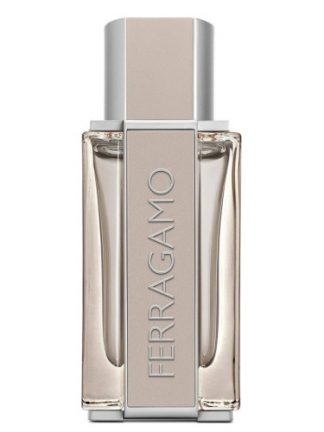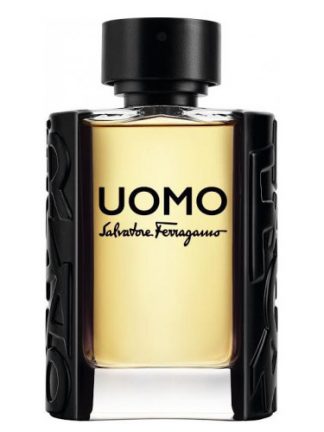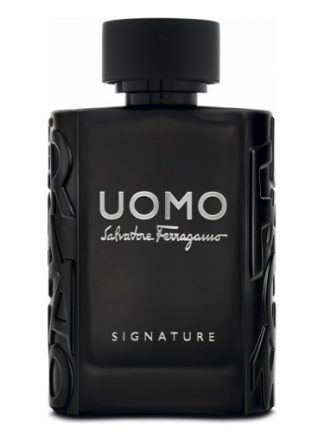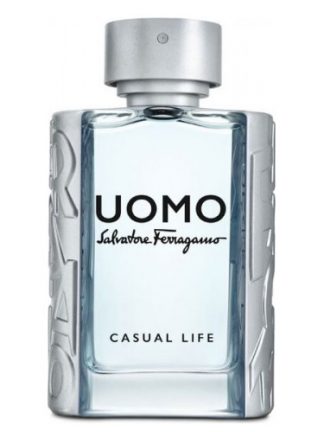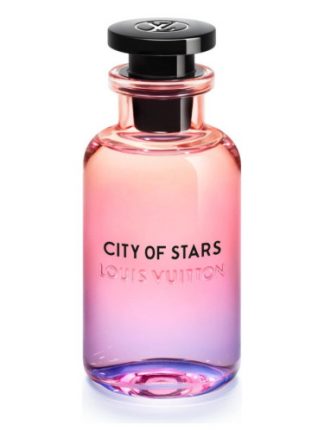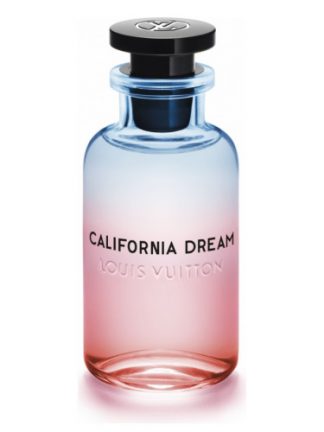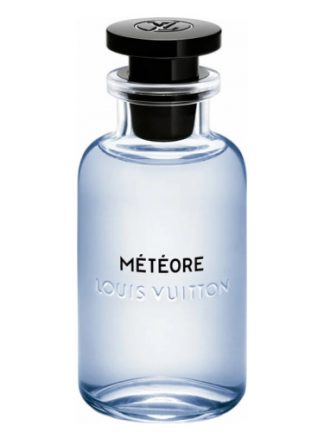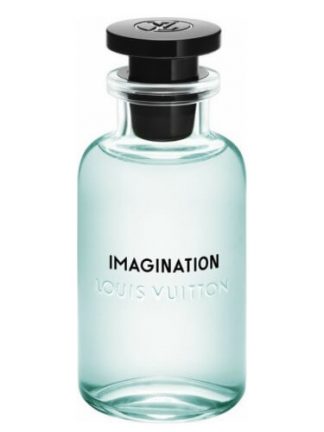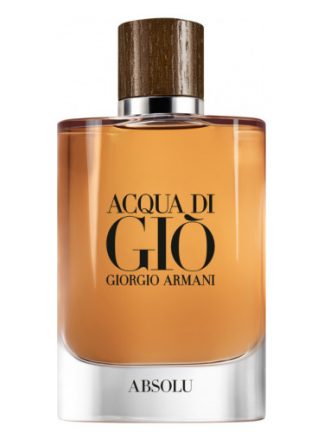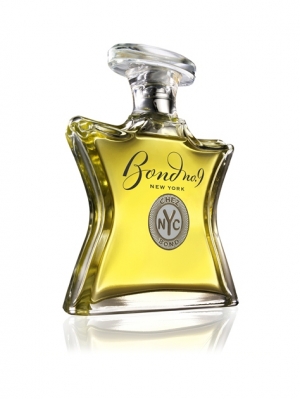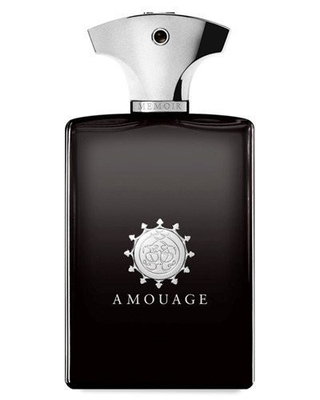Salvatore Ferragamo
Salvatore Ferragamo was an Italian shoe designer noted for his creative and scientific approach to footwear design. He learned the craft at a young age, making his first shoes at age 9. After studying shoemaking in Naples for a brief period, he moved to the United States in 1914, where he worked at a boot factory in Boston for a short time before setting his sights on the burgeoning film industry.
His shop initially offered shoe repair and made-to-measure shoes, but he began designing footwear for the film industry and became known as the “shoemaker to the stars. Puzzled why shoes that pleased the eye often hurt the foot, Ferragamo studied anatomy at the University of Southern California, then returned to Italy in 1927.
Setting up a shop in Florence, Ferragamo catered to the wealthiest of clients, including celebrities and notable political figures of the day. He created a number of unique designs, among them the cork wedge heel and the cage heel. By the 1950s, he had stores in the United States as well as Italy, andh is workforce had expanded to include 700 artisans.

Salvatore Ferragamo was an Italian shoe designer noted for his creative and scientific approach to footwear design. He learned the craft at a young age, making his first shoes at age 9. After studying shoemaking in Naples for a brief period, he moved to the United States in 1914, where he worked at a boot factory in Boston for a short time before setting his sights on the burgeoning film industry.
His shop initially offered shoe repair and made-to-measure shoes, but he began designing footwear for the film industry and became known as the “shoemaker to the stars. Puzzled why shoes that pleased the eye often hurt the foot, Ferragamo studied anatomy at the University of Southern California, then returned to Italy in 1927.
Setting up a shop in Florence, Ferragamo catered to the wealthiest of clients, including celebrities and notable political figures of the day. He created a number of unique designs, among them the cork wedge heel and the cage heel. By the 1950s, he had stores in the United States as well as Italy, andh is workforce had expanded to include 700 artisans.
Showing all 4 results

